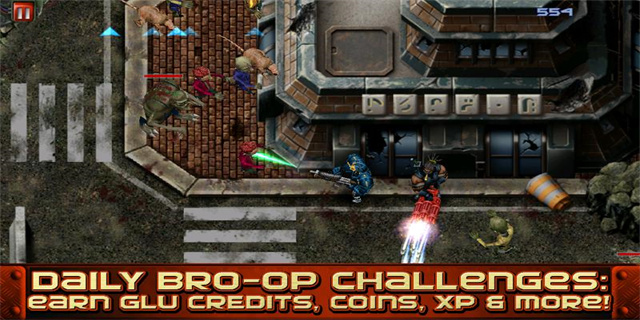Touch Bar: A Revolutionary Addition to Modern Computing
Introduction
The touch bar is an innovative feature that has been introduced to modern computing devices, offering a unique and interactive user experience. This article explores the functionalities and benefits of the touch bar, its impact on user productivity and efficiency, and its potential for further development and integration into future computing devices.

The Evolution of Touch Bar
The touch bar is a significant advancement in user interface design, replacing traditional function keys with a dynamic strip of touch-sensitive OLED display. Its debut in 2016 with the release of Apple's MacBook Pro marked a major turning point in the way users interact with their computers. With the touch bar, users have direct access to a plethora of contextual controls and shortcuts, enhancing their workflow and simplifying complex tasks.

Enhancing Productivity and Efficiency
The touch bar offers a range of benefits that contribute to enhanced productivity and efficiency for users. Firstly, it provides contextual controls and shortcuts that adapt to the active application or task at hand. This dynamic nature of the touch bar allows users to access relevant functions and features without the need to navigate through menus or memorize keyboard shortcuts.
In addition, the touch bar allows for quick and intuitive input methods. For example, when using image editing software, users can adjust brush sizes, apply filters, and control opacity directly from the touch bar, eliminating the need to switch between different tool palettes and reducing the time required to perform these tasks. The touch bar's adaptability to various applications enhances user workflow and eliminates repetitive actions, ultimately leading to increased efficiency.
The Future of Touch Bar
The touch bar has gained popularity and acceptance among users, leading to its integration in various other computing devices. However, there are opportunities for further development and improvement. One potential area for advancement is its customization options. As of now, users have limited control over the configuration and customization of the touch bar. Allowing users to personalize the touch bar by adding their frequently used functions or shortcuts would further enhance its usefulness and flexibility.
Furthermore, expanding compatibility to third-party applications and operating systems would be a significant step forward. This would encourage developers to incorporate touch bar functionality into their applications, enabling users to harness its benefits across a wider range of software. Additionally, extending touch bar capabilities to non-Apple devices would foster greater innovation in the industry, promoting competition and pushing the boundaries of user interface design.
Conclusion
The touch bar has revolutionized the way users interact with their computers, offering intuitive and efficient controls at their fingertips. Its dynamic nature and adaptability to different applications have significantly improved user productivity and streamlined workflows. As technology continues to evolve, the touch bar is expected to develop further, with increased customization options and expanded compatibility with third-party applications. The future of touch bar integration promises an exciting era in user interface design, opening doors to new possibilities and enhancing the computing experience for users worldwide.


















